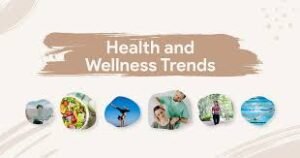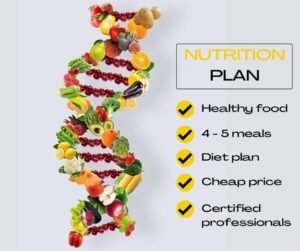Mindfulness and Meditation: Stress has been described as the pressure that people undergo in their daily activities and this is usually attributed to the fact that most people have lots of work to do in the little time they have.
Mindfulness refers to being deliberately conscious of what is happening at the present moment. It is a technique in which a person concentrates on the inner experiences without any critical or evaluative thoughts. Mindfulness originated from Buddhist meditation traditions but has been embraced in the modern world as a practice that can be practiced by anyone with no link or relation to religious beliefs and has been scientifically proved to have benefits in health.
Benefits of Mindfulness
Research over the past few decades has shown that practicing mindfulness can provide many benefits. Research over the past few decades has shown that practicing mindfulness can provide many benefits:
– Less stress: Mindfulness aids in the activation of the relaxation response in the body and leads to a decrease in blood pressure as well as other negative health impacts of stress. Studies have shown that those individuals who meditate produce less cortisol, which is a hormone associated with stress.
– Lowered anxiety and depression: Multiple researches state that meditation has a positive effect on subjects’ anxiety and depression levels, as well as other conditions of psychological nature. The author suggests to spend even 10 minutes a day thinking of something other than what is bothering and paying attention to the present moment can help.
– Better attention: Some segments of the mindful brain seem to be enhanced, including those that enable one to pay attention and control emotions. Practice makes it easier to focus, to teach, and to judge and this means that practice is very essential.
– Slower to anger: Those who are more mindful report that they are not as likely to get angry in high-stress situations. They do not dwell in the negative as much while discussing incidents and do not turn issues into a big deal.
– Improved sleep: Mindfulness practice could increase sleep quality and, as sleep impacts on immune function, cardiovascular health, memory, and so on, there are extensive implications in terms of health.
Meditation Techniques
Yes, there are such a rich variety of mindfulness and meditation that one can practice. Two of the most popular are:
– Breath awareness: While lying on your back, draw the attention to the breath and then to various parts of the body one by one. Also, try to feel with your hands the different parts of your body and see if there is a tingling, warmth, or aching sensation.
– Standing meditation: stand with your feet shoulder width apart and your arms by your sides and concentrate on your breath. Focus on the natural process of breathing taking deep breaths and feeling the breaths in and out. When your mind strays, just say to yourself gently: ‘My mind has wandered, it has become distracted’.
It may be recommended to start with only 5-10 minutes per day in order to achieve the relaxation effect, decrease anxiety, and improve quality of life. Most people gradually build up to fifteen to thirty minutes for optimum tension reduction. There are also specific phone applications that enable you to engage in mindfulness exercises that may involve meditating.
For mindfulness practice, the participants do not have to acquire any equipment or undergo any form of training. The primary method is to actively observe or to be mindful without passing any sort of judgment on the current experience – what the mindfulness practitioner is thinking, feeling, sensing, and what is happening around them. Long-term mindfulness sustains that mindful presence into the environment.







